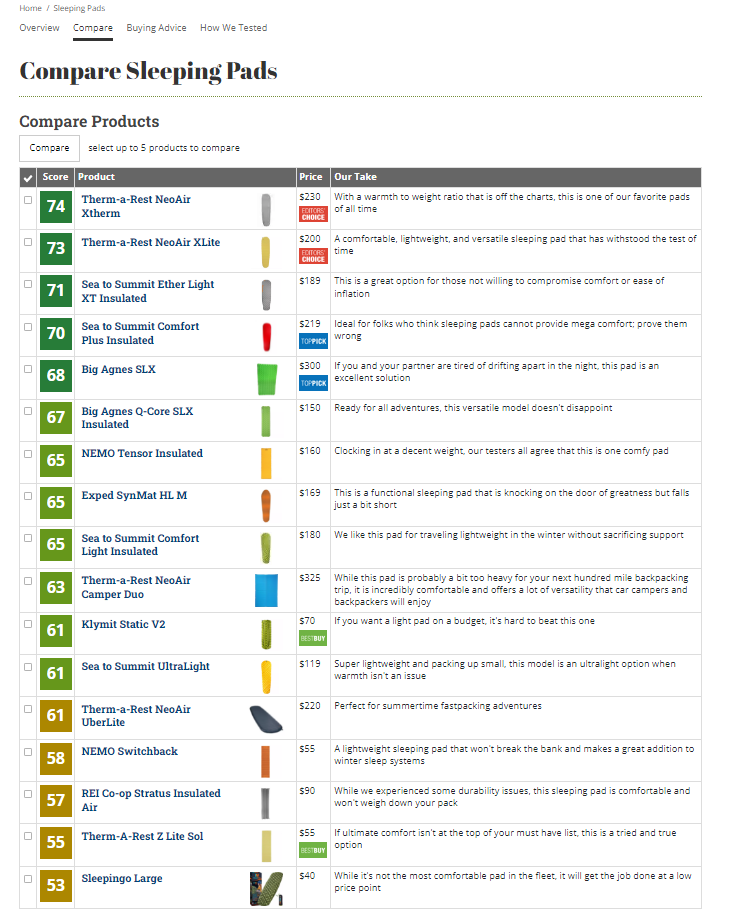matora97
BuSo Pro
- Joined
- Jun 29, 2017
- Messages
- 65
- Likes
- 30
- Degree
- 0
Hey everyone, I got 4 questions I hope someone can help me with...
1. If I create a silo structure: - silo - category (money page) - supporting articles
- is it okay to have my -category- level be the 'money pages' or do you rank the bottom of the silo?
2. When creating a silo is it necessary (for silo to be a silo) to have a url structure in place that guides to my page -
example: https : // www (dot) coffeemaker (dot) com/coffee/foreign/brazilian
or can I just create a linking structure inside of my content that links down to my -category- level & use the supporting articles to link up to -category- level but with all of them having unique urls -
i.e. https : // www (dot) coffeemaker (dot) com/coffee
https : // www (dot) coffeemaker (dot) com/foreign
https : // www (dot) coffeemaker (dot) com/brazilian
& then have supporting articles -
https : // www (dot) coffeemaker (dot) com/brazilian-preparation
https : // www (dot) coffeemaker (dot) com/how-to-make-cafezinho
https : // www (dot) coffeemaker (dot) com/brazilian-coffee-tricks
interlink between them & link back to -category- level (https : // www (dot) coffeemaker (dot) com/brazilian) to keep the most juice?
3. I've seen some silo linking examples and I see everyone linking either through articles back to home page which is fine (I guess if your main goal is to rank your homepage) but I also see people creating supporting articles and using them to rank a category page & they create links pointing from category page to them (through menu links) & then from them back to category page (through contextual links) but why not just use supporting articles and interlink them & link back to category page without category page link to them (to keep all the 'link juice' in it)?
4. How does link juice transfer between pages - I heard 85% goes from linking page to linked page...
- so for example: page A has 100 value & it sends link to page B - it sent 85 value & does page A now only have 15 or? Hope you could understand what I was going for & can help
1. If I create a silo structure: - silo - category (money page) - supporting articles
- is it okay to have my -category- level be the 'money pages' or do you rank the bottom of the silo?
2. When creating a silo is it necessary (for silo to be a silo) to have a url structure in place that guides to my page -
example: https : // www (dot) coffeemaker (dot) com/coffee/foreign/brazilian
or can I just create a linking structure inside of my content that links down to my -category- level & use the supporting articles to link up to -category- level but with all of them having unique urls -
i.e. https : // www (dot) coffeemaker (dot) com/coffee
https : // www (dot) coffeemaker (dot) com/foreign
https : // www (dot) coffeemaker (dot) com/brazilian
& then have supporting articles -
https : // www (dot) coffeemaker (dot) com/brazilian-preparation
https : // www (dot) coffeemaker (dot) com/how-to-make-cafezinho
https : // www (dot) coffeemaker (dot) com/brazilian-coffee-tricks
interlink between them & link back to -category- level (https : // www (dot) coffeemaker (dot) com/brazilian) to keep the most juice?
3. I've seen some silo linking examples and I see everyone linking either through articles back to home page which is fine (I guess if your main goal is to rank your homepage) but I also see people creating supporting articles and using them to rank a category page & they create links pointing from category page to them (through menu links) & then from them back to category page (through contextual links) but why not just use supporting articles and interlink them & link back to category page without category page link to them (to keep all the 'link juice' in it)?
4. How does link juice transfer between pages - I heard 85% goes from linking page to linked page...
- so for example: page A has 100 value & it sends link to page B - it sent 85 value & does page A now only have 15 or? Hope you could understand what I was going for & can help

 You shouldn't worry about ranking your homepage. It will rank for your brand terms regardless, and won't rank for much else. Google definitely prefers inner pages for non-brand related search terms these days.
You shouldn't worry about ranking your homepage. It will rank for your brand terms regardless, and won't rank for much else. Google definitely prefers inner pages for non-brand related search terms these days. It has to do with folder layouts, breadcrumbs, relevancy, shared supplementary content, etc. This means that your silo can even extend off of your own website too (like tiered link building, conceptually).
It has to do with folder layouts, breadcrumbs, relevancy, shared supplementary content, etc. This means that your silo can even extend off of your own website too (like tiered link building, conceptually).